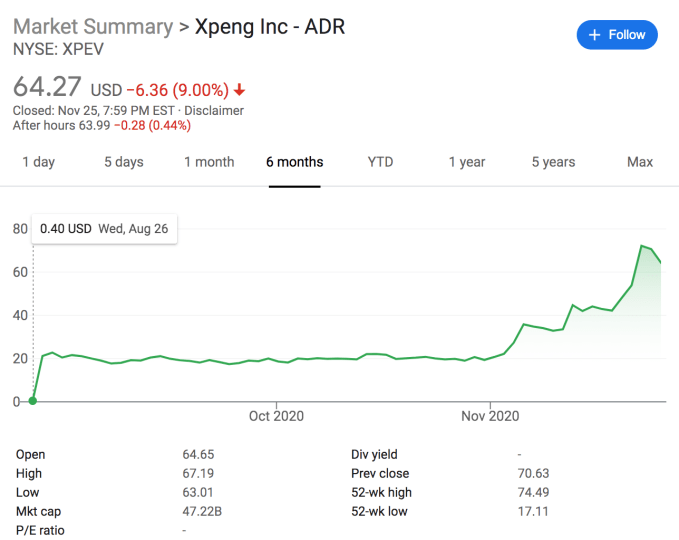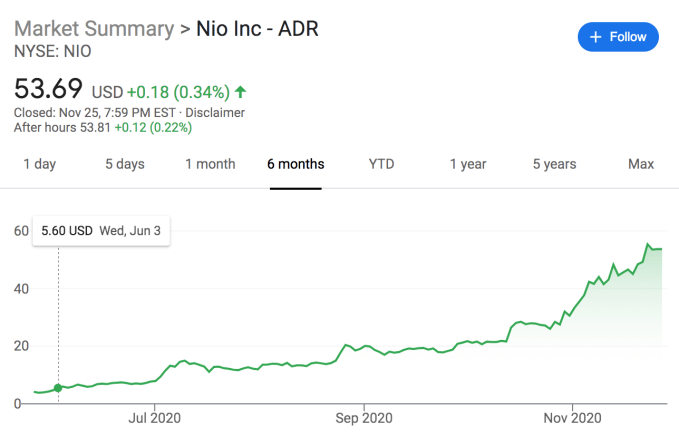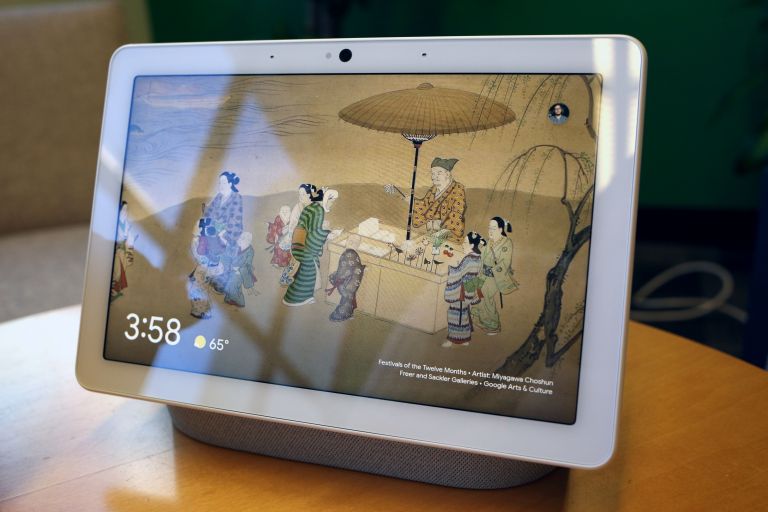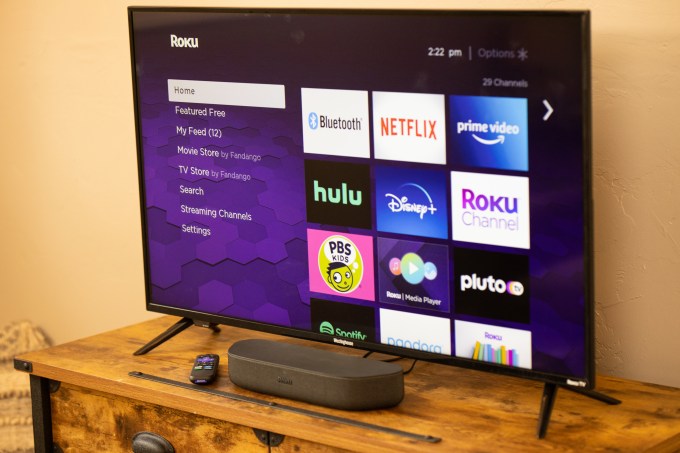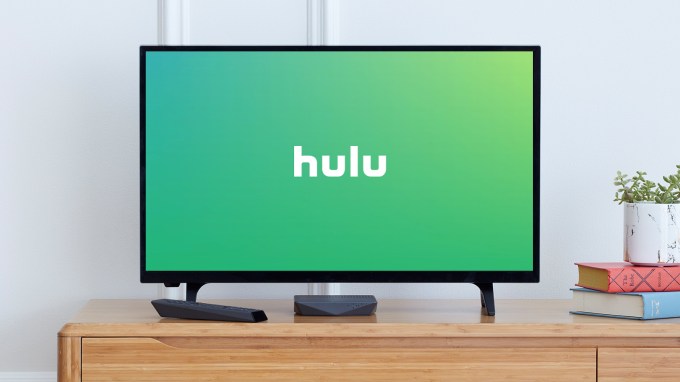As people prepare and eat their Thanksgiving meals, or just “work” on relaxing for the day, some consumers are going online to get a jump on holiday shopping deals. Adobe, which is following online sales in real time at 80 of the top 100 retailers in the US, covering some 100 million SKUs, says that initial figures indicate that we are on track to break $6 billion in e-commerce sales for Thanksgiving Day. Overall, it believes consumers will spend $189.1 billion shopping online this year.
To put that figure into some context, the overall holiday sales season represents a 33.1% jump on 2019. And last year Adobe said shoppers spent $4.2 billion online on Thanksgiving: this years’s numbers represent a jump of 42.3%. And leading up to today, each day this week had sales of more than $3 billion.
What’s going on? The figures are a hopefully encouraging sign that despite some of the economic declines of 2020 caused by the Covid-19 pandemic, retailers will at least be able to make up for some of their losses in the next couple of months, traditionally the most important period for sales.
As we have been reporting over the last several months, overall, 2020 has been a high watermark year for e-commerce, with the bigger trend of more browsing and shopping online — which has been growing for years — getting a notable boost from the Covid-19 pandemic.
The push for more social distancing to slow the spread of the coronavirus has driven many to stay away from crowded places like stores, and it has forced us to stay at home, where we have turned to the internet to get things done.
These trends are not only seeing those already familiar with online shopping spending more. It’s also introducing a new category of shoppers to that platform. Adobe said that so far this week, 9% of all sales have been “generated by net new customers as traditional brick-and-mortar shoppers turn online to complete transactions in light of shop closures and efforts to avoid virus transmission through in-person contact.”
Black Friday, the day after Thanksgiving, has traditionally been marked as the start of holiday shopping, but the growth of e-commerce has given more prominence to Thanksgiving Day, when physical stores are closed and many of us are milling about the house possibly with not much to do. This year seems to be following through on that trend.
“Families have many traditions during the holidays. Travel restrictions, stay-at-home orders and fear of spreading the virus are, however, preventing Americans from enjoying so many of them. Shopping online is one festive habit that can be maintained online and sales figures are showcasing that gifting remains a much beloved tradition this year,” said Taylor Schreiner, Director, Adobe Digital Insights, in a statement.
(That’s not to say that Black Friday won’t be big: Adobe predicts that it will break $10.3 billion in sales online this year.)
Some drilling down into what is selling:
Adobe said that board games and other categories that “bring the focus on family” are seeing a strong surge, with sales up five times over last year.
Similarly — in keeping with how much we are all shopping for groceries online now — grocery sales in the last week were up a whopping 596% compared to October, as people stocked up for the long weekend (whether or not, it seems, it was being spent with family).
Other top items include Hyrule Warriors: Age of Calamity, Just Dance 2021, as well as vTech toys and Rainbow High Dolls.
Amazon’s announcement this week that it would be offering more options for delivery this season speaks to how e-commerce is growing beyond simple home delivery, and how this has become a key part of how retailers are differentiating their businesses from each other. Curbside pickup has grown by 116% over last year this week, and expedited shipping is up 49%.
Smartphones are going to figure strong once more too. Adobe said $25.5 billion has been spent via smartphones in November to date (up 48% over 2019), accounting for 38.6% of all e-commerce sales.
In the US big retailers continue to dominate how people shop, with the likes of Walmart, Target Amazon and others pulling in more than $1 billion in revenue annually collectively seeing their sales go up 147% since October. Part of the reason: more sophisticated websites, with conversion rates 100% higher than those of smaller businesses. (That leaves a big opening for companies that can build tools to help smaller businesses compete better on this front.)

